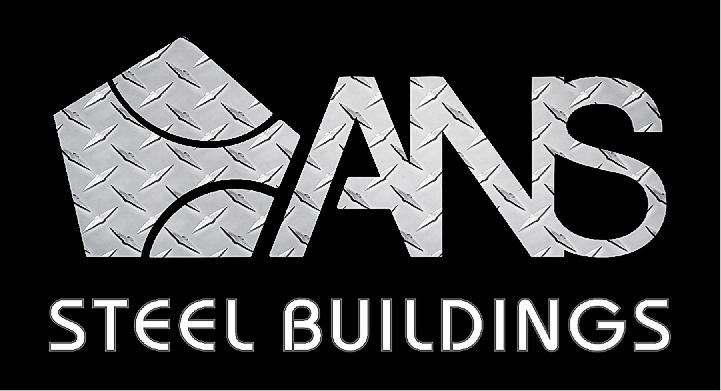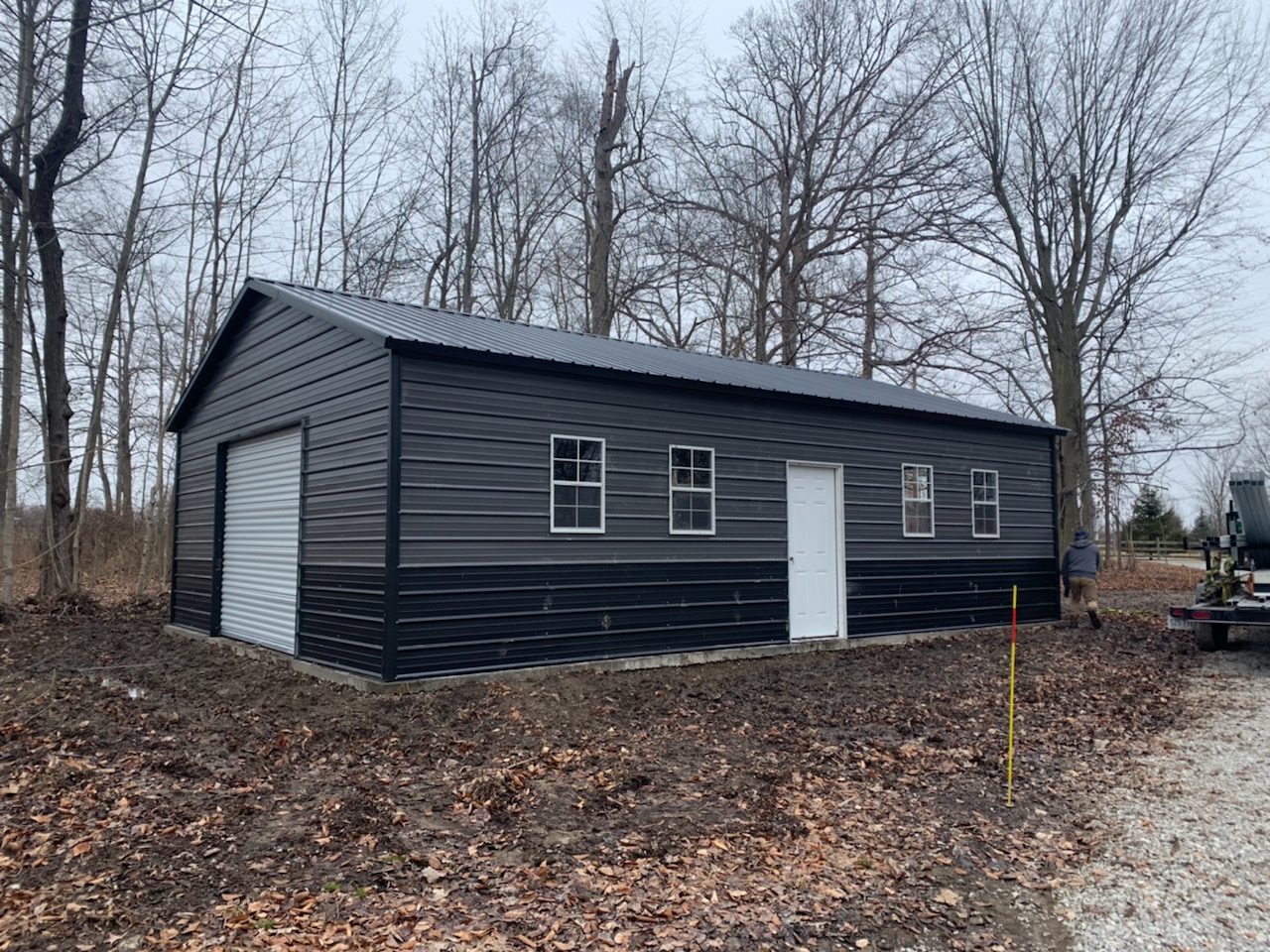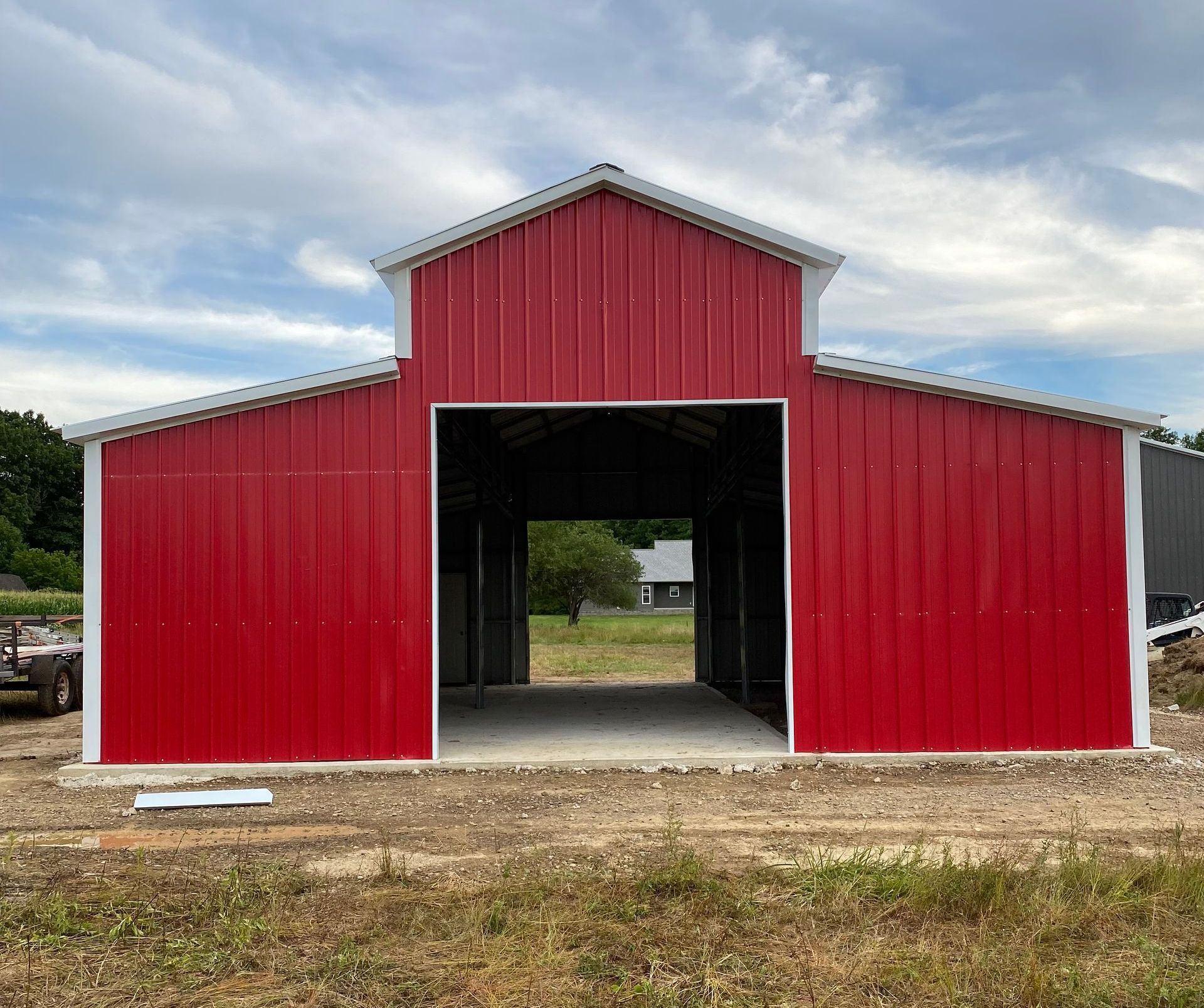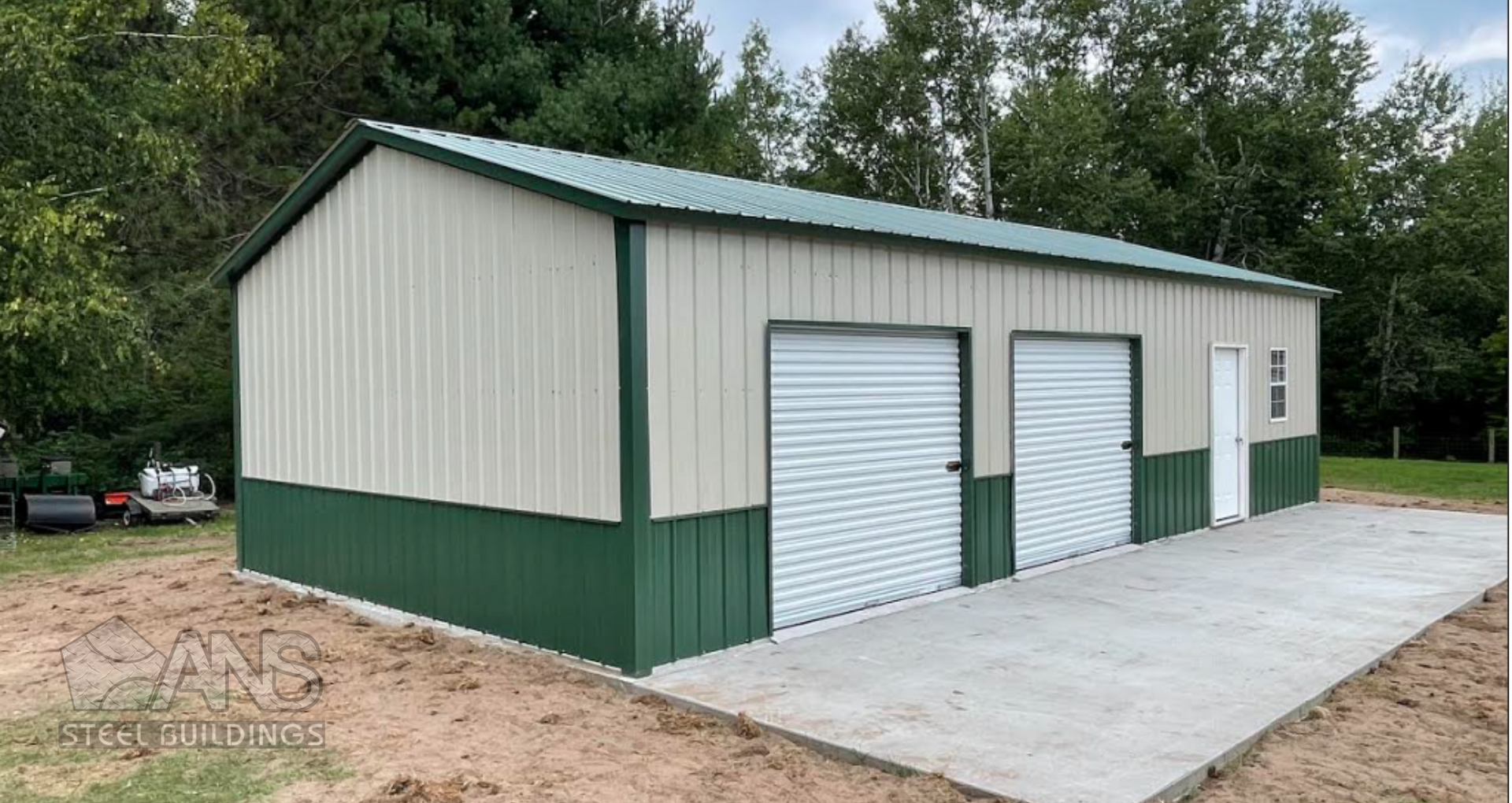Steel Buildings for Residential Use: The Rise of Metal Homes and Barndominums
In recent years, there has been a growing trend towards using steel buildings for residential purposes. Metal homes, once primarily associated with industrial or commercial settings, are now becoming increasingly popular among homeowners seeking modern, durable, and sustainable housing solutions. This blog post explores the rise of metal homes, delving into the reasons behind their popularity, the benefits they offer, and the considerations to keep in mind when opting for steel buildings in residential construction.
The Origins of Barndominiums
Barndominiums, a unique and emerging style of residential construction, have captured the imagination of homeowners seeking a blend of rustic charm and modern comforts. The term "barndominium" is derived from combining "barn" and "condominium," reflecting the fusion of barn-inspired aesthetics with the functionality of a modern living space. In this blog post, we will explore the origins of barndominiums, tracing their roots back to the practicality and versatility of traditional barns and their evolution into contemporary homes.
Historical Context of Barns
The history of barndominiums can be traced back to the practicality of barns, which have served as essential agricultural structures for centuries. Barns were traditionally built to house livestock, store crops, and provide shelter for farm equipment. Their simple yet sturdy construction allowed farmers to maximize space, protect their valuable assets, and efficiently manage their agricultural operations.
Transformation into Livable Spaces
As farming practices evolved and agricultural needs changed, some farmers began repurposing barns into living spaces. With modifications and renovations, these barns were transformed into homes, taking advantage of their spacious layouts and sturdy structures. This adaptation allowed farmers to reside closer to their work and make efficient use of existing structures. Over time, this concept of converting barns into habitable spaces gained popularity, laying the foundation for the modern barndominium.
Rise of Modern Barndominiums
The modern barndominium movement gained momentum in recent decades as homeowners sought unconventional and cost-effective alternatives to traditional housing. The appeal of barndominiums lies in their unique architectural style, blending the rustic charm of a barn with modern design elements. These structures typically feature open floor plans, high ceilings, and large windows that flood the interiors with natural light. Barndominiums offer flexibility in design, allowing homeowners to incorporate their personal preferences and create versatile living spaces.
Versatility and Customization
One of the key attractions of barndominiums is their versatility and customization options. The open floor plans and expansive interiors provide homeowners with the freedom to design their living spaces according to their unique needs and preferences. From incorporating traditional barn elements such as exposed beams and sliding barn doors to adding modern amenities and luxurious finishes, barndominiums offer a canvas for creativity and personalization.
Popularity and Modern Appeal
Barndominiums have gained significant popularity due to their blend of rustic charm, spaciousness, and cost-effectiveness. The unique aesthetics and functional layouts of these homes have attracted individuals seeking a distinctive living experience. Barndominiums appeal to those who appreciate the character and warmth of traditional barns while desiring the modern comforts and conveniences of contemporary living.
Design Considerations
Design considerations play a vital role in creating comfortable and functional metal homes. Homeowners can explore different layout and floor plan options to optimize their living spaces. Incorporating insulation techniques is crucial for maintaining comfortable indoor temperatures and energy efficiency. Various insulation materials, such as spray foam or rigid insulation, can be utilized to achieve optimal thermal performance. Additionally, selecting appropriate interior finishes, such as wood paneling or drywall, can enhance the visual warmth and ambiance of metal homes. Roofing options are also important, as metal roofing systems offer durability and low maintenance while complementing the overall aesthetic of the home.
Benefits of Barndominums
Strength and Durability
One of the key benefits of steel for residential homes is its exceptional strength and durability. Steel is renowned for its ability to withstand various environmental stresses, such as high winds, earthquakes, and extreme temperatures. Unlike traditional construction materials like wood, steel is resistant to rot, warping, and pest infestations. This strength and durability ensure that steel homes can stand the test of time, requiring minimal maintenance and repairs compared to other materials.
Design Flexibility
Steel provides unparalleled design flexibility, allowing homeowners to create unique and customized living spaces. With steel, architects and designers can push the boundaries of creativity, incorporating modern and contemporary elements into the home's design. The versatility of steel allows for open floor plans, large windows, and unique architectural features that create a sense of spaciousness and light within the home. Whether it's a sleek and minimalist aesthetic or a more traditional look, steel can adapt to various architectural styles, offering homeowners the freedom to bring their vision to life.
Energy Efficiency
Steel homes can be designed with energy efficiency in mind. The thermal properties of steel allow for effective insulation, helping to regulate indoor temperatures and reduce energy consumption. With proper insulation techniques, steel homes can provide excellent heat retention in the winter and efficient cooling in the summer, resulting in lower energy bills and a reduced carbon footprint. Additionally, steel roofing systems can be designed to reflect solar heat, further contributing to energy efficiency.
Sustainability
In an era of increasing environmental awareness, steel offers a sustainable option for residential construction. Steel is a highly recyclable material, with a significant portion of steel production coming from recycled sources. Choosing steel for a residential home helps conserve natural resources and reduces waste. Furthermore, the durability of steel buildings means they have a long lifespan, reducing the need for frequent renovations or replacements. This longevity translates into less waste generation over time.
Cost-Effectiveness
While steel homes may have a higher upfront cost compared to traditional construction materials, they offer long-term cost savings. Steel's durability means reduced maintenance expenses, as it is resistant to issues such as rot, decay, and termite damage. Additionally, steel homes can be constructed faster than traditional homes, saving on labor costs and reducing construction time. When considering the lifespan and low maintenance requirements of steel homes, they prove to be a cost-effective choice in the long run.
Conclusion
The rise of metal homes in residential construction demonstrates the increasing popularity and acceptance of steel buildings as a viable and attractive housing option. With their modern aesthetics, strength, durability, and sustainability, metal homes offer a range of benefits that resonate with homeowners looking for efficient, low-maintenance, and customizable living spaces. As the demand for innovative and sustainable housing solutions continues to grow, the trend of steel buildings for residential use is expected to rise further, shaping the future of home construction.




